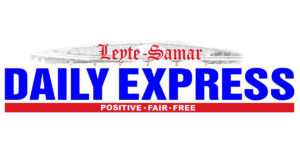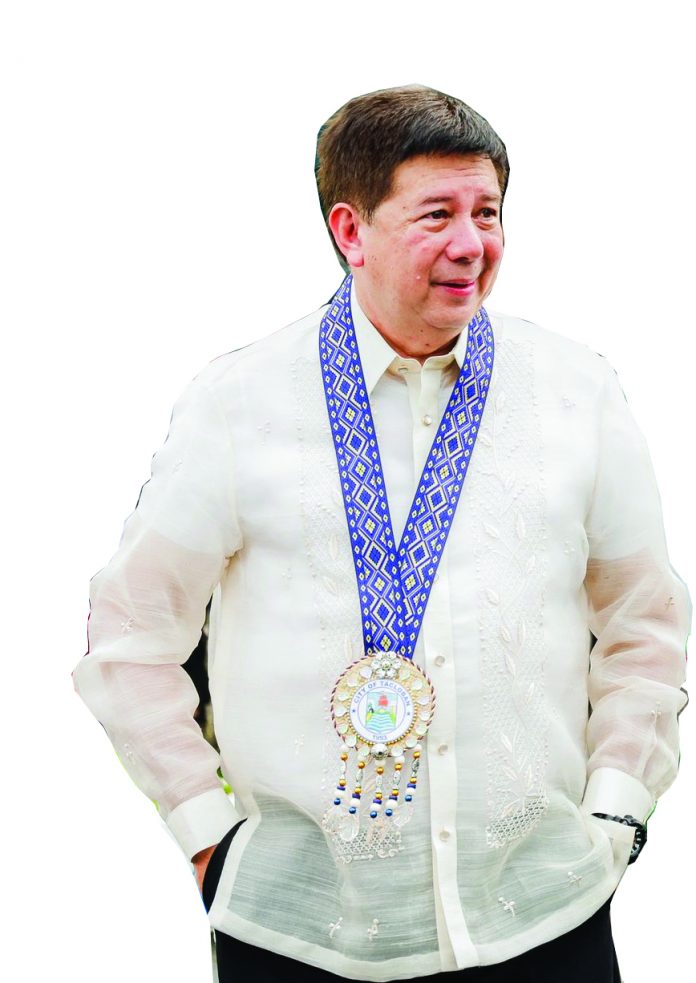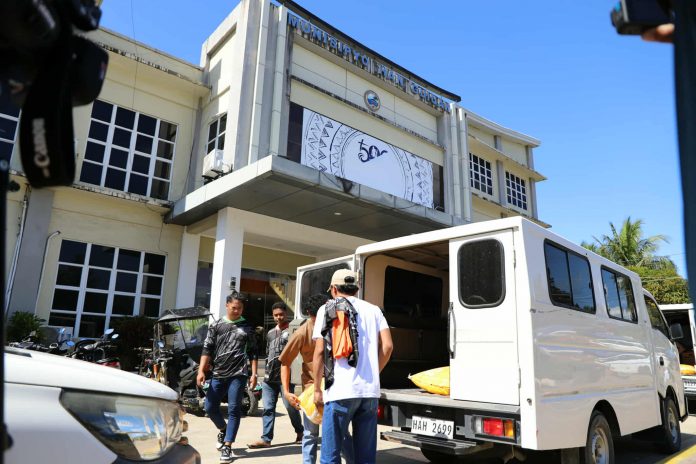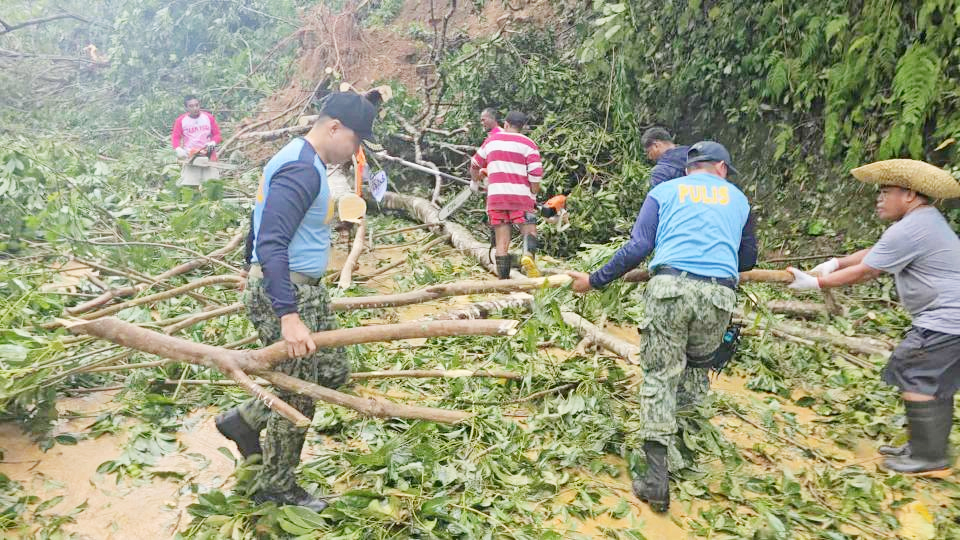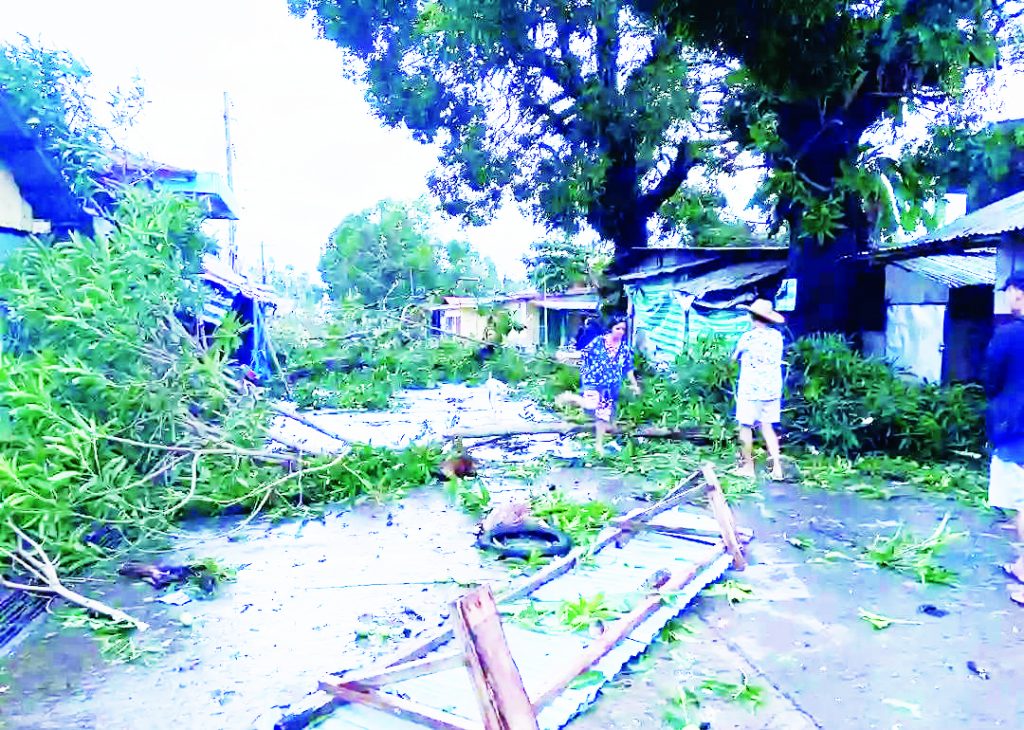
(MAYOR ALFRED ROMUALDEZ FILE PHOTO)
TACLOBAN CITY — Twelve years after Super Typhoon ‘Yolanda’ (international name: Haiyan) unleashed its fury on Tacloban City, the memories of that fateful morning on November 8, 2013, remain deeply etched in the hearts of its people.
Led by Mayor Alfred Romualdez, Taclobanons will once again gather this Saturday, November 8, to remember the thousands of lives lost and the enduring spirit of survival that defines the city today.
The day’s commemorative activities will begin at 8 a.m. at the Holy Cross Memorial Garden in Barangay Basper, where a mass grave was established for more than 2,200 victims, including children, who perished when storm surges swallowed communities in the city.
A Holy Mass and blessing of the site will be offered, followed by the lighting of candles and the offering of flowers by families and loved ones who continue to grieve and remember.
In the afternoon, at around 4:30 p.m., another program will take place at the Yolanda Memorial Marker inside the Tacloban City Convention Center (Astrodome) compound—once a refuge for thousands of displaced residents during and after the storm. The site, now a solemn reminder of both loss and resilience, served as a temporary shelter for families whose homes were destroyed in the disaster’s aftermath.
As dusk falls, church bells will toll across the city to signal the candle-lighting ceremony, a symbolic gesture of unity and remembrance that will illuminate Tacloban’s streets and homes.
Commemorations began a day earlier, on Friday, November 7, with a requiem Mass at the Anibong Shipwreck Memorial, where the ill-fated M/V Eva Jocelyn—a commercial vessel carried inland by the storm surge—remains lodged onshore. The ship, which crashed into several homes, stands as a haunting relic of the immense power of Yolanda and the lives it claimed.
Tacloban, dubbed ‘ground zero’ of Yolanda, became a global symbol of both tragedy and hope. The massive destruction it suffered drew an unprecedented wave of international aid—from world governments, humanitarian groups, and even celebrities who visited to extend their support.
Two years later, in 2015, the city welcomed Pope Francis, who personally visited Tacloban and the nearby town of Palo to express his solidarity with the survivors and offer prayers for the victims.
This year’s remembrance comes as the city once again braces for a new weather threat—Typhoon Uwan (international name: Fung-wong), projected to intensify into a super typhoon. For Taclobanons, however, the lessons of Yolanda have fortified their resolve: to prepare, to protect, and to persevere.
Twelve years on, the scars of Yolanda remain visible—but so does the unwavering spirit of a city that refuses to forget, and refuses to fall.
(JOEY A. GABIETA)
